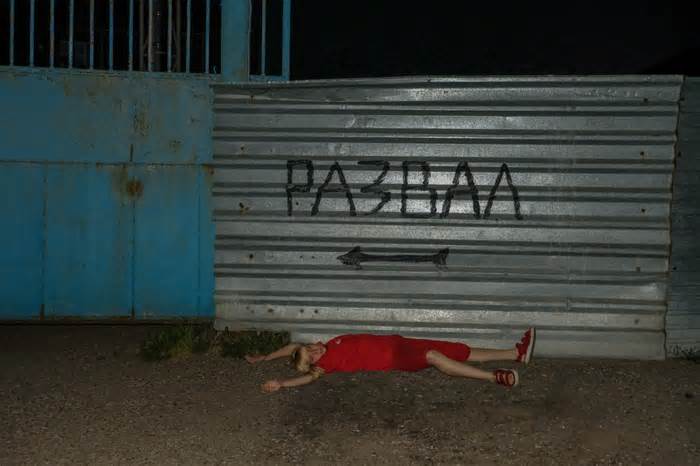In Russia, there are applicable kitsch mabig staple foods: balalaikas, bears, vodka. But there is another quintessential Russian staple that is overlooked: the fence.
The near-Russian fever began in the 1990s, when the high-russians had their first taste of their own assets after centuries of servitude followed by communist rule. Amid the chaos that accompanied the transient renaissance of capitalism, the fence not only marked the new assets, but became a symbol of security. “In a society of fear, fencing has some way of regaining peace and non-public space,” says Alexandra Gromova, a photographer founded by Kazan. His lacheck photo assignment explores the complex nature of the artificial borders that cover Russia’s landscapes.
Despite its heyday in the 1990s, the wonderful near Russia made a remarkable comeback before the 2018 World Cup, when permanent fences were erected along the roads, supposedly for security reasons. Closer and closer have given lok sites of acircular design, but have temporarily proliferated to hide public regions such as parks, squares or residential courtyards of perhaplaystation. Gromova felt that his presence was suffocating. “When those barriers began to increase, I couldn’t help but wonder, “What are we afraid of? Why are we designing those barricades? The deceitful acircular was making me aggressive,” she says.
Other populations were not disturbed through quasi fortifications, passively accepting them as components of their new reality. But Gromova saw the fence fever as a result of segregation in Russian society in general. “People are more separate; expectations are low. In the midst of instability, medieval instincts triumph; we don’t seem as safe as society.
This new conversion landscape animates Gromova’s photos. “I made my own fence with rolling wheels that I carried with me. She cloistered and then removed me from the image and repositioned the accents so that the fence would become the main character of the story, and connect the background,” she says. “For the prestige in front of the fence, I check and have a sense of myself and I see my true self.”
Kazan’s fences are on its feet. Gromova’s photos, however, reveal a state of the brain a new phenomenon. “The fence draws the line between ‘us’ and ‘them’, provoking emotions of alienation, paranoia and loss of freedom. But at the same time, the main country explains why the arrangement of a fence is the concern of the vast outdoor world. all of this is marginal. Fear feeds the loss of freedom,” she says.

